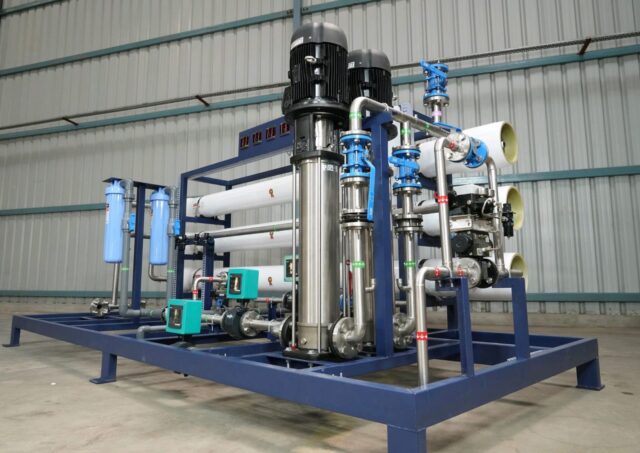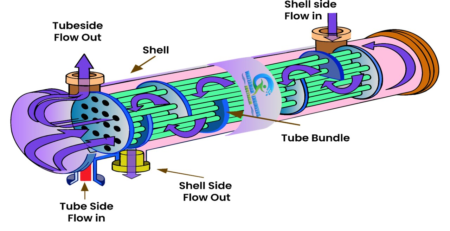Regulatory Considerations for Seawater Desalination Plants
Water scarcity is a prevalent issue worldwide, which is often linked to droughts, wildfires, and changes in climatic conditions. One prospective panacea to this quandary is to harness the ocean as a fount of potable liquid. Seawater desalination is a process that makes saltwater drinkable by removing the salt and minerals from the water, utilizing specialized filtration techniques.
Environmental and Health Concerns
Seawater desalination plants can have a significant impact on coastal aquatic ecosystems, particularly on estuarine species and the delicate ecological balance of estuarine water. Environmental impacts may vary depending on the type of facility, its location, operations, entrainment and impingement issues, and brine disposal.
One of the foremost ecological apprehensions linked with desalination facilities pertains to the ejection of brine – the dense saline solution that endures after the desalting procedure concludes. When brine is discharged in large quantities, it has the potential to cause harm to marine creatures by decreasing the oxygen levels in the water, leading to an adverse impact on the survival of fish and other organisms. Numerous regulatory bodies mandate that desalination facilities dispense brine at a designated area and limit its concentration, to mitigate the surrounding ecosystem’s impairment.
The ingestion of seawater is an additional critical ecological factor, and it can have substantial repercussions on indigenous marine habitats. Ingesting excessive quantities of seawater can perturb the innate course of water and salgen.it residue, leading to adverse effects on marine biomes and the organisms inhabiting them. To contend with this predicament, several desalination establishments are compelled to employ intake frameworks that mitigate the impact on marine fauna, such as meshes or sieves that avert fish and other organisms from being engulfed by the intake conduits.
Scarcity of Water Supply
Freshwater is becoming increasingly scarce worldwide, especially in coastal areas. Desalination is an emerging solution to this escalating predicament. Nevertheless, before embarking on this option, it is imperative to weigh the ramifications of desalination on indigenous marine environments.
Extricating salt from seawater is an arduous procedure that necessitates costly machinery and necessitates a substantial quantum of energy. Furthermore, the by-product of these processes, brine, encompasses pollutants that can have detrimental effects on fish and other marine creatures.
Desalination facilities can also present various health and safety hazards to labourers and the neighbouring populace. These hazards comprise being exposed to hazardous substances and chemicals, as well as the possibility of accidents and explosions.
Regulatory authorities often require desalination plants to establish and implement comprehensive health and safety programs that address potential hazards and minimize the risk of accidents and injuries. These programs can include measures such as providing appropriate protective equipment, conducting regular safety inspections, and implementing emergency response plans to address potential accidents or incidents.
Legal Compliance Considerations for Desalination Plants
Desalination facilities must comply with various legal and regulatory mandates of water cleanliness, waste handling, and other related matters, all while factoring in considerations relating to the environment, health, and safety. Additionally, these plants must exhibit a high degree of compliance in adhering to these aforementioned standards. A multitude of countries implement laws that constrain the number of harmful substances, like brine and other forms of refuse discharged by desalination facilities, which are permissible to be discharged into the surroundings. Desalination plants must also comply with local and national laws related to water rights and allocation.











